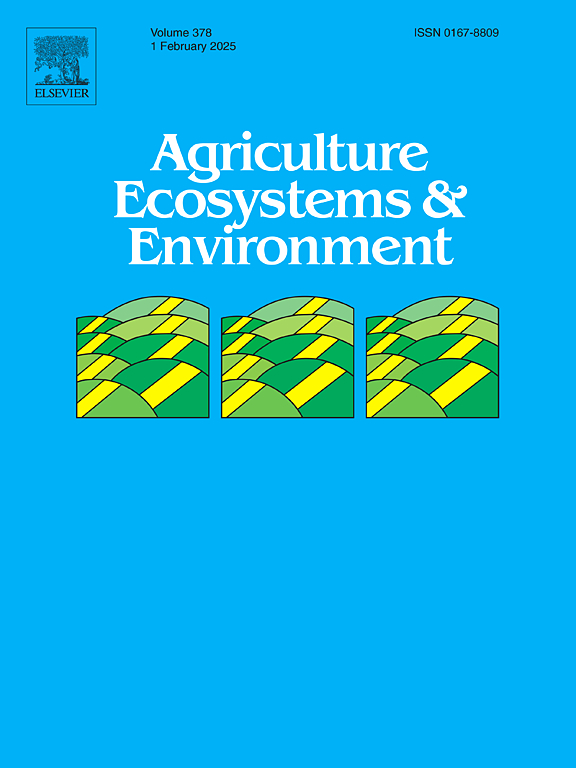Nitrogen losses under soybean production are mitigated by substituting ammonium phosphates with triple superphosphate but non-fertilizer losses remain appreciable
Abstract
Intensive agriculture in the Upper Mississippi River Basin contributes nitrogen and phosphorus loads to the Gulf of Mexico. Increases in nitrogen and phosphorus loads from basin states such as Illinois despite an increasing implementation of best management practices suggest overlooked sources of nutrient losses. Nitrogen co-applied with phosphorus fertilizer as monoammonium and diammonium phosphates is one such overlooked loss source. We conducted field experiments on Mollisols and Alfisols, two dominant soil types in Illinois and the greater Upper Mississippi River Basin, to quantify hypothesized losses of nitrogen from ammonium phosphate fertilizers. The inorganic nitrogen and phosphate leaching loss potential of mono- and diammonium phosphates compared to nitrogen-free triple superphosphate were evaluated under representative soybean production systems at two application rates and three timing-placement combinations, for two years at two sites. Though high non-fertilizer nitrate leaching loads generally outstripped the effect of nitrogen co-applied with monoammonium and diammonium phosphates, off-season nitrate leaching loads relative to triple superphosphate were greater for monoammonium phosphate by +30.0 kg NO3-N ha-1 and for diammonium phosphate by +49.9 kg NO3-N ha-1 in the first year under fall application on Mollisols, supporting the hypothesized water quality co-benefit of using triple superphosphate instead of ammonium phosphates as a phosphorus source. Additionally, relatively high non-fertilizer nitrate leaching loads regardless of fertilization point to the high nitrogen loss potential of soybean production, likely driven by mineralization of nitrogen-rich soybean residues following harvest. Our results suggest that targeting non-fertilizer nitrate leaching by cover cropping, and secondarily eliminating nitrogen co-applied with monoammonium and diammonium phosphate fertilizers by switching to triple superphosphate, could substantially mitigate nitrogen loading to surface waters in this region.

 求助内容:
求助内容: 应助结果提醒方式:
应助结果提醒方式:


